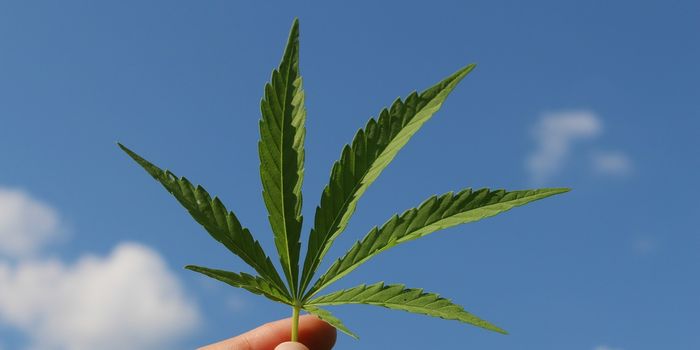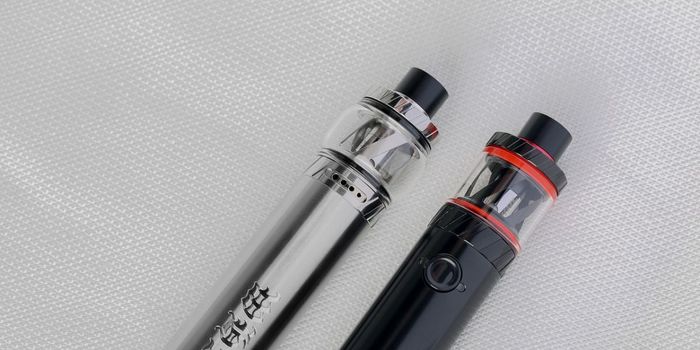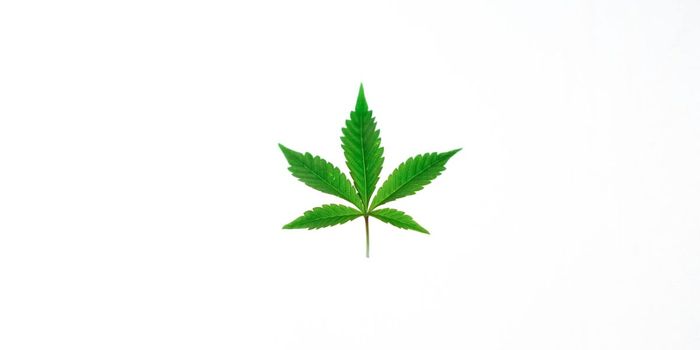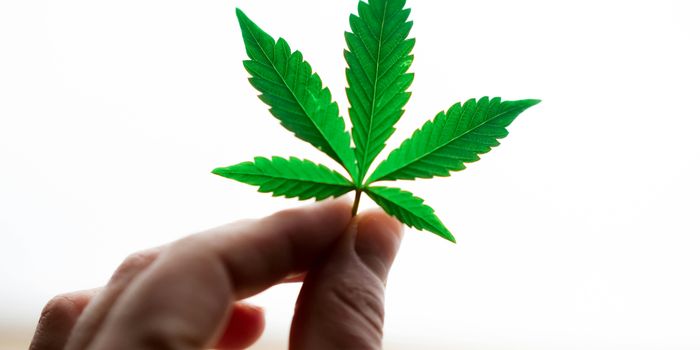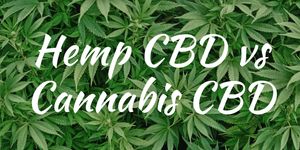Cannabis and Drug Interactions
Cannabis is known to inhibit the cytochrome enzymes P450. This family of enzymes metabolizes more than half of all pharmaceuticals, including the phytocannabinoids tetrahydrocannabinol (THC) and cannabidiol (CBD). The inhibition of this enzyme leaves many to wonder what the drug interactions are when ingesting cannabis. Inhibiting the cytochrome P450 enzyme will lower the rate of metabolism of pharmaceuticals in the body. This should cause an increase of the pharmaceuticals in the blood. However, for drugs that are metabolized into an active form, inhibition of metabolism will decrease the effects of pharmaceuticals.
Both CBD and THC are equal inhibitors of CYP2C9. CBD also inhibits 1A1, 2B6, 2C9, 2C19, 3A4, and 3A5, and can increase the activity of CYPs 2B10 and 2B13. THC has only been documented to inhibit other CYPs weakly.
CBD is a known anti-inflammatory. Nonsteroidal anti-inflammatory drugs inhibit cyclooxygenase 2 (COX2). This enzyme synthesizes prostaglandins from arachidonic acid and endocannabinoids such as anandamide. NSAIDs promote activity at cannabinoid receptors and are metabolized by CYP2C9 which THC and CBD inhibit and could decrease the metabolism of NSAIDs. Also, NSAIDs, particularly ibuprofen inhibits fatty acid amide hydrolase (FAAH) in turn reducing the metabolism of anandamide. The increase in cannabinoid signaling points to NSAID’s and cannabinoids working synergistically to increase analgesia while minimally impacting the gastric side effects.
Another painkiller, opioids are metabolized by CYPs 3A4 and 2D6. CBD does inhibit CYP3A4, however, a study completed that involved administering 400-800 mg of CBD did not increase adverse effects of fentanyl. The same results were shown with morphine and THC. Cannabinoids and opioids modulate each other and can widen the therapeutic window of opiates. It has been thought CB1 agonism could potentiate addiction of opiates, but epidemiological data show overdose deaths decreasing in states with medical marijuana programs. There has been a concern of cannabinoids increasing addiction due to modulation of dopamine and serotonin. CBD and THC are negative allosteric modulator of opioid receptors which can decrease opiate withdrawal. The antagonizing and augmenting of the endocannabinoid system shows promise in reducing opiate withdrawal tolerance. THC appears to synergize with opioids, while CBD reduces withdrawal and dependence.
It has also been noticed that cannabinoids influence glucose and insulin sensitivity. THC impairs insulin sensitivity while CBD and THCV increase sensitivity. Activating the CB1 receptor is part of a feedback mechanism that lowers the body’s response to glucose and insulin. Although lower glucose levels have been documented there is not a change in incidence of diabetes compared to the general population.
Statins are metabolized by CYPs 3A4/5, 2C8/9/19, and 2D6. Cannabinoids could affect metabolism by non-metabolic ways. Statins and cannabinoid-interaction will most likely be on cannabinoid function. Cholesterol inhibits CB1 activity, but it also directs CB1 to locations in neurons. Cannabinoids could become less effective in patients taking Statins. If cholesterol inhibits CB1, they may amplify the effect of cannabinoids raising anxiety.
Sources: Project CBD, Prof of Pot, DOH


